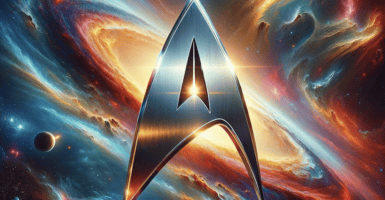Highlander Should Have Stopped At The Beginning
Highlander should never have become a franchise, but instead should have stopped with the original 1986 film.
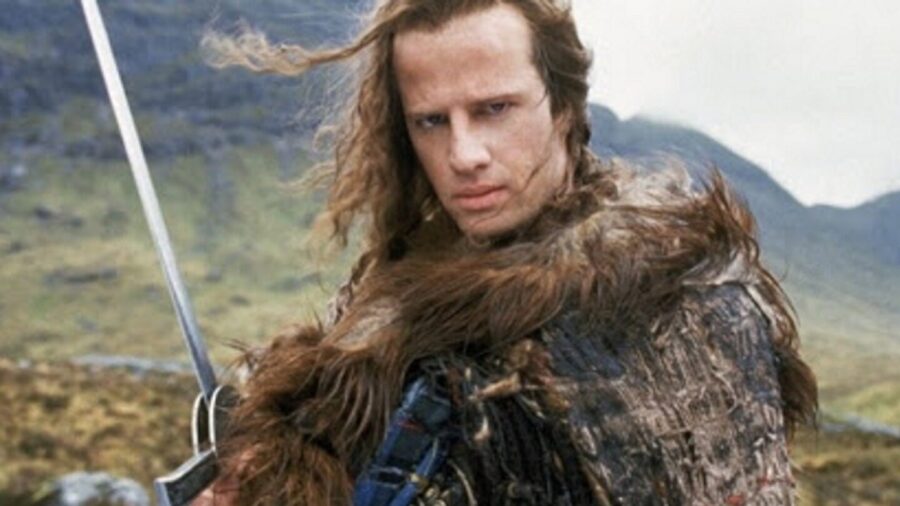
In a media landscape filled with magic users, laser sharpshooters, and all kinds of heroes who do crazy stuff with their minds, the fantasy action Highlander franchise has been relatively quiet as of late, but it won’t stay that way for long. As much as someone like myself — a fan of Star Trek, Star Wars, Marvel, etc. — would seem hypocritical to completely smear the notion of revivals, reboots, prequels, sequels, and spinoffs, I think Highlander is an exception because of its very nature. The story of Highlander begins at the end, and because of that the very notion of continuing the tale has done nothing but cause problems.
In 1986’s Highlander we see the Gathering unfold — a contest between the last remaining Immortals for the extremely vaguely defined Prize. Connor MacLeod (Christopher Lambert) is apparently a Marvel Comics reader who knows all big supernatural battles happen in New York City, because he conveniently already lives there in the beginning of the film. There are only three more Immortals left for the Gathering, with one of them being the malevolent Kurgan (Clancy Brown).
MacLeod and the Kurgan are the final two, MacLeod wins, and there is much rejoicing.
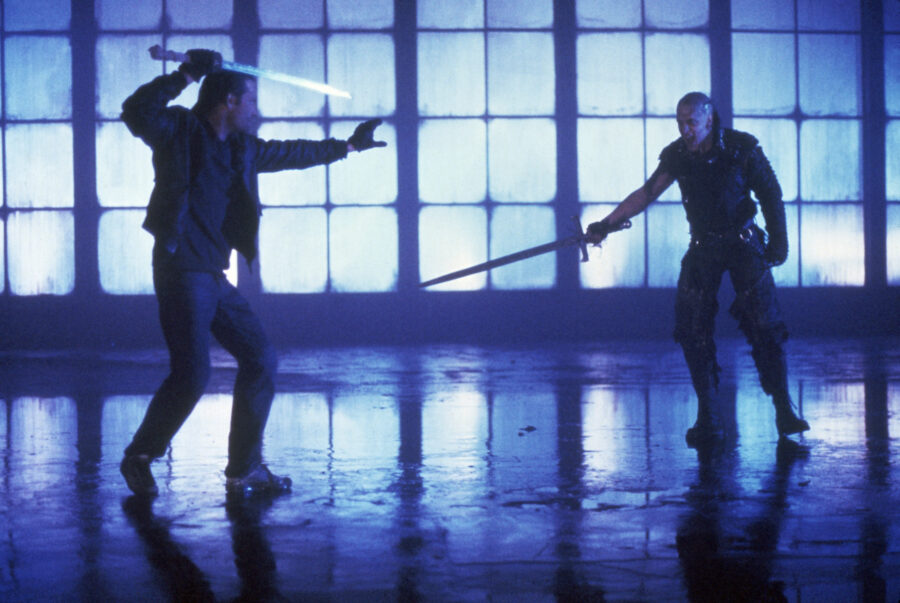
Where do you go from there? Nowhere, right? Highlander introduces the conflict, and brings an utterly definitive conclusion to it all with no Immortals left alive beyond MacLeod. Absolutely nowhere to go.
So like a frustrated Han Solo tired of raising the future star of 65 and drunker than an Ewok who just found out about pants, the owners of the rights to Highlander acknowledged they had nowhere to go, slammed their foot on the pedal, and went everywhere.
There was Highlander II: The Quickening in which we not only learn the Immortals were all aliens, but that somehow MacLeod always knew this but never mentioned it. Highlander III: The Final Dimension knew that ignoring all the established canon from the first movie was dumb, so the threequel ignored the second film and also ignored all the established canon from the first movie to explain how Mario Van Peebles was stuck in a cave somewhere while MacLeod apparently didn’t win the Prize?
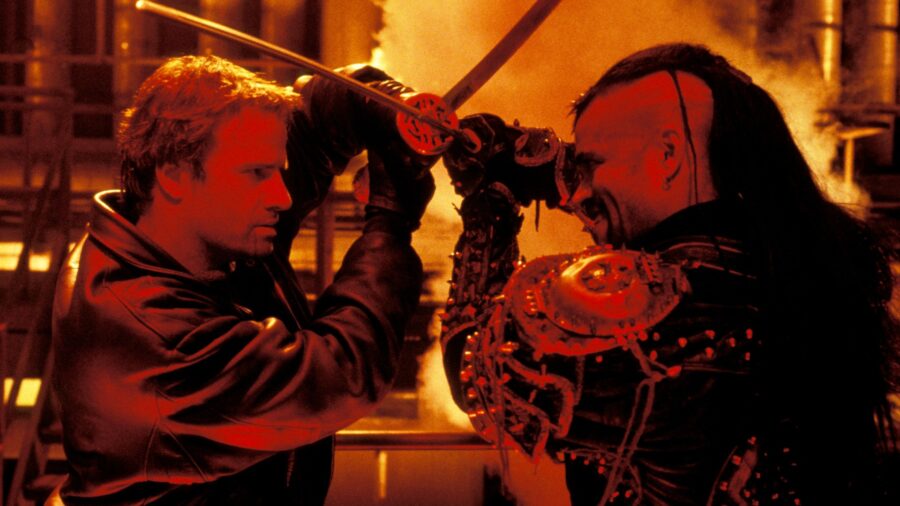
It gets better because 2000’s Highlander: Endgame ignores Highlander II and III, and pretty much ignores the first movie in that it says yes, Connor MacLeod killed the Kurgan, but that it didn’t win him the Prize. In Endgame, Connor is joined by Duncan MacLeod (Adrian Paul) of Highlander: The Series.
I’ve just recently begun watching Highlander: The Series and while I have friends who assure me it gets better, so far… imagine if Tommy Wiseau of The Room directed a fantasy action series. Seriously. Every dialogue scene feels like an awkward elevator encounter, and whenever Duncan and his love interest Tessa (Alexandra Vandernoot) enjoy a romantic scene, everything’s so stinted you can imagine the director has a gun pointed at them off-camera.
If this is the first time you’ve heard about Highlander: The Series and think it’s a little funny that, with as rare as Immortals should be, two of them are MacLeods… it gets better! The hero of the 2007 anime Highlander: The Search for Vengeance is Colin MacLeod (Alistair Abell) and the protagonist of Highlander: The Animated Series is Quentin MacLeod. Step aside Kate Hudson and Sofia Coppola — Highlander is the true home of nepo-babies.
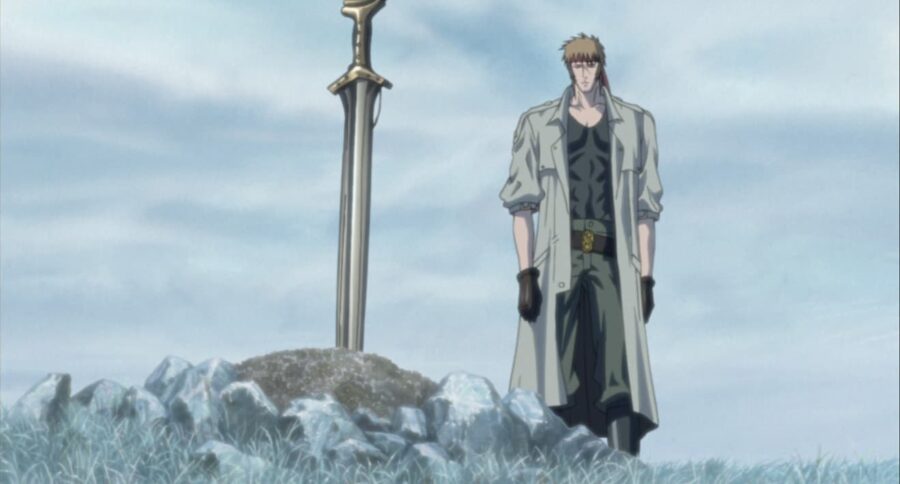
Because of how the first Highlander film ends, everything that follows has to necessarily get confused. The only kind of stories left to tell without messing with what the first film establishes are prequels — showing the adventures we didn’t get to see on screen of Connor, Ramirez (Sean Connery), the Kurgan, etc. Telling any other kind of story messes with the original, and I don’t need to prove it to you because literally every single screen project that followed Highlander has done it for me.
The first movie said it: “There can be only one.”
